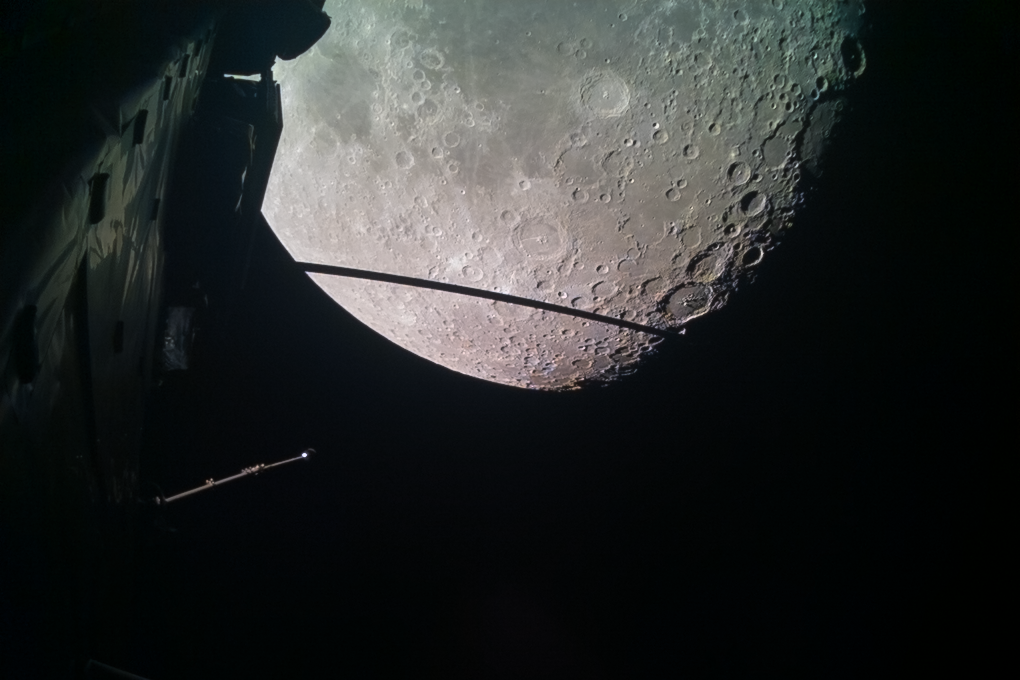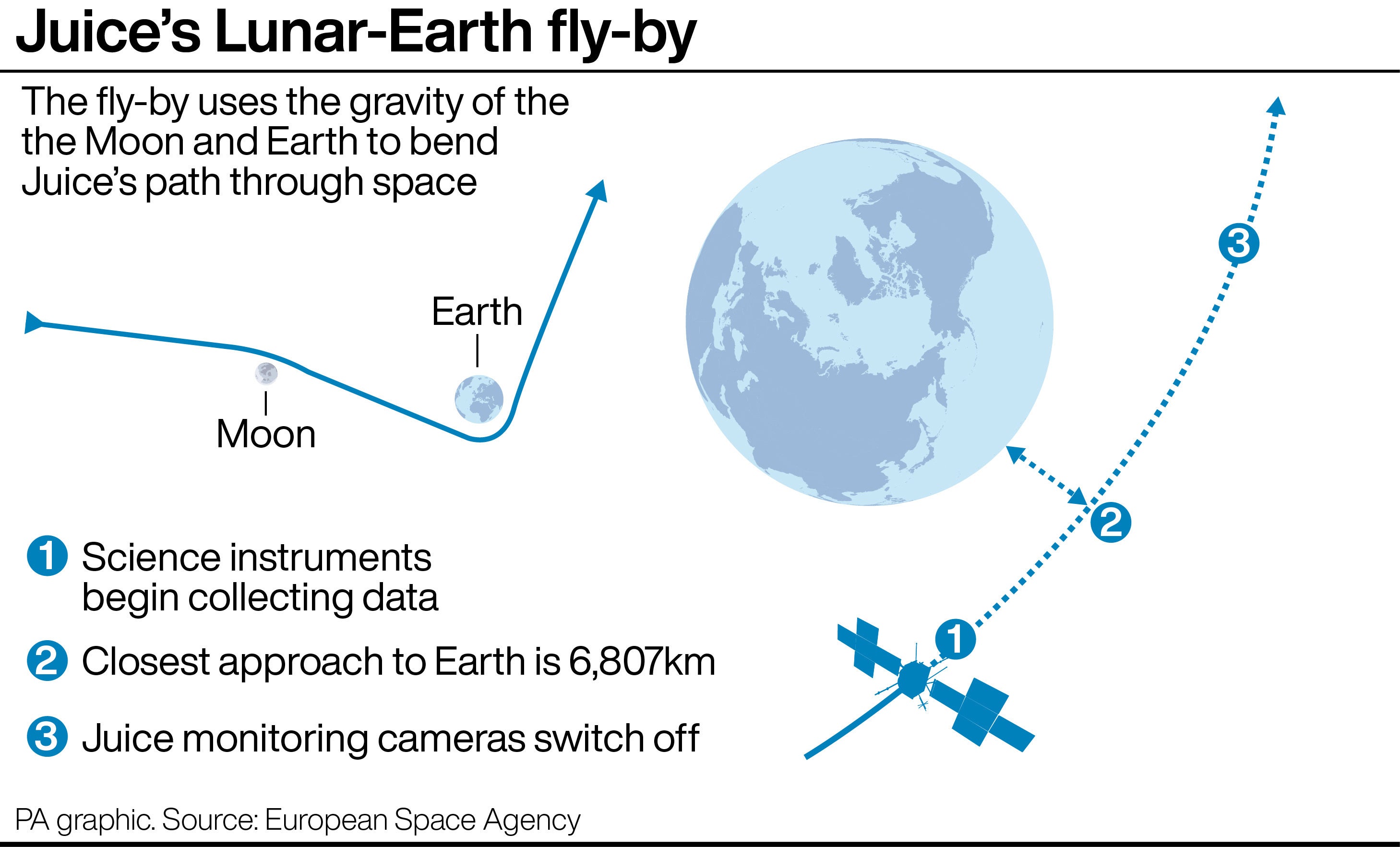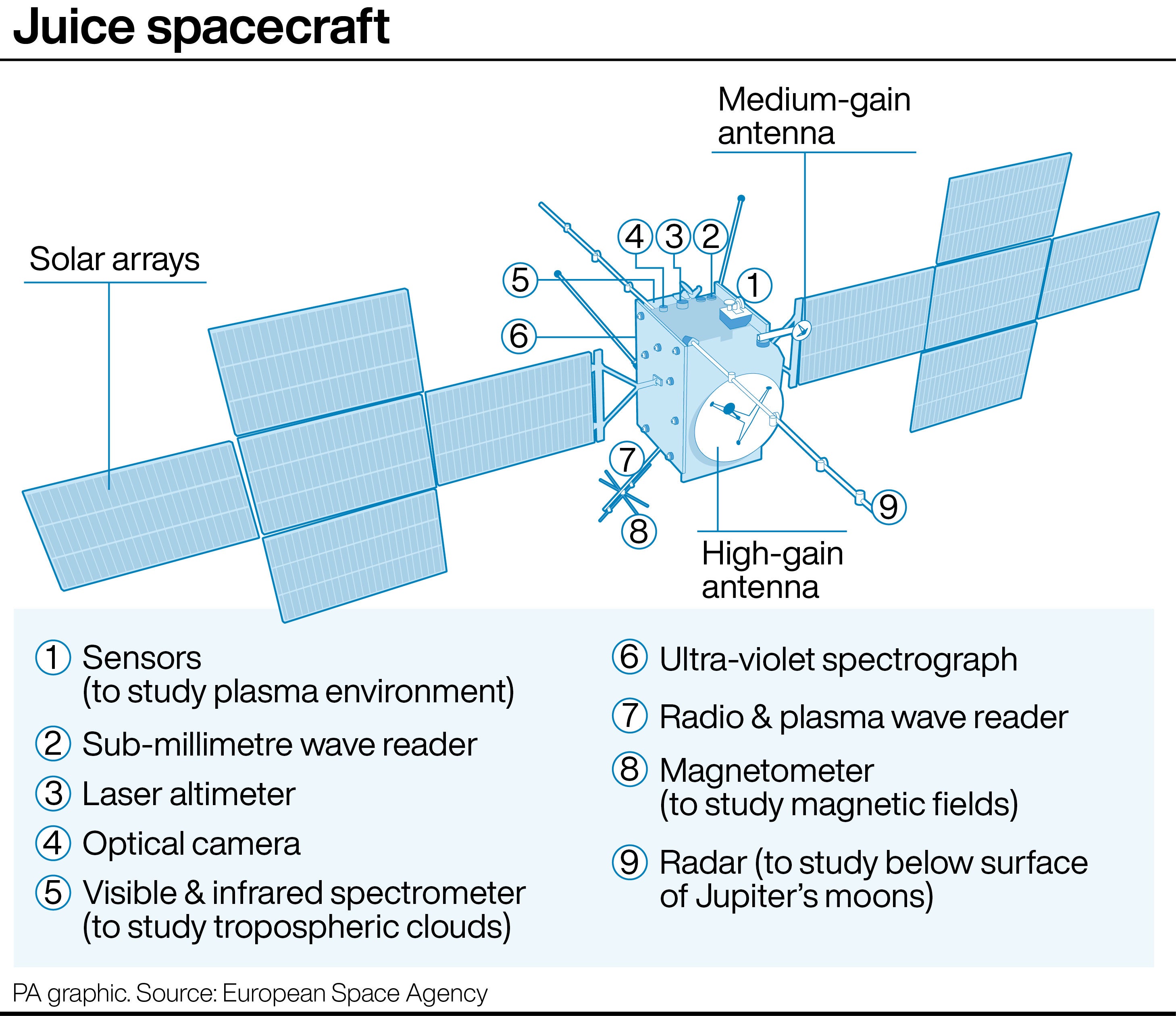New stunning images of the moon taken during first ever fly-by
The pictures show some of the real colour differences on the moon’s surface
Your support helps us to tell the story
From reproductive rights to climate change to Big Tech, The Independent is on the ground when the story is developing. Whether it's investigating the financials of Elon Musk's pro-Trump PAC or producing our latest documentary, 'The A Word', which shines a light on the American women fighting for reproductive rights, we know how important it is to parse out the facts from the messaging.
At such a critical moment in US history, we need reporters on the ground. Your donation allows us to keep sending journalists to speak to both sides of the story.
The Independent is trusted by Americans across the entire political spectrum. And unlike many other quality news outlets, we choose not to lock Americans out of our reporting and analysis with paywalls. We believe quality journalism should be available to everyone, paid for by those who can afford it.
Your support makes all the difference.Stunning new images of the moon have been beamed back to Earth from the European Space Agency’s (ESA) Juice mission showing some sign of real colour differences on the lunar surface.
On Monday night the spacecraft began performing a the first ever fly-by of its kind on a shortcut to Jupiter via Venus.

First it used the moon’s gravity, and then on Tuesday night it will use the Earth’s, as a natural brake – slowing itself down and then sling-shotting on to the next phase of its journey.
During this risky manoeuvre, Jupiter Icy Moons Explorer (Juice) managed to capture some pictures of the moon.
They show some sign of real colour differences in the large-scale features on the lunar surface.
Another image shows Earth photobombing the moon, appearing as a dark circle outlined by a light crescent at the top centre of the image, peeking out from behind the spacecraft structure.
It is visible just above a fuzzy blue blob, which itself is a ghost image caused by reflection of sunlight.

ESA director general, Josef Aschbacher, said on X, formerly known as Twitter, said: “Sometimes the journey is just as worthy as the destination.
“As humankind embarked on the monumental first lunar-Earth fly-by, ESA’s Jupiter Icy Moons Explorer (Juice) mission captured a breathtaking glimpse of our natural satellite.”
The successful fly-by of the moon slightly redirected Juice’s path through space to put it on course for a fly-by of Earth.
It is expected to reach its closest distance from the planet (6,840km, or 4,250 miles) at around 10.56pm on Tuesday.

The Juice monitoring cameras were designed to monitor the spacecraft’s various booms and antennas, especially during the challenging deployment period following launch.
They were not designed to carry out other scientific research or take images of the moon.
A scientific camera called JANUS is providing high-resolution imagery during the cruise phase fly-bys of Earth, the moon and Venus, and of Jupiter and its icy moons once it is in Jupiter’s system in 2031.
The mission launched in April 2023 on a 4.1 billion-mile journey to Jupiter which will take more than eight years.
Onboard are 10 scientific instruments, including from the UK, which will investigate whether the gas giant’s three moons – Callisto, Europa and Ganymede – can support life in their oceans.
